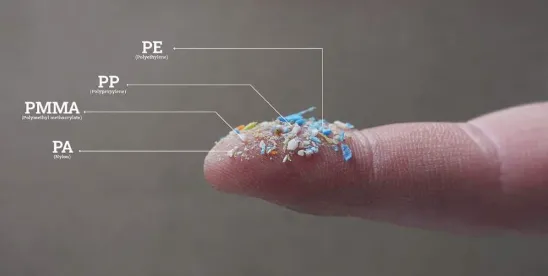Public Employees for Environmental Responsibility (PEER) announced on May 28, 2024, that it filed a request for correction (RFC) under the Information Quality Act (IQA) regarding a U.S. Environmental Protection Agency (EPA) research memorandum entitled “Verification Analysis for PFAS in Pesticide Products (ACB Project B23-05b)” dated May 18, 2023, and the accompanying press release. As reported in our June 2, 2023, memorandum, EPA completed a verification analysis of a study published in September 2022 in the Journal of Hazardous Materials entitled “Targeted analysis and Total Oxidizable Precursor assay of several insecticides for PFAS.” The study reported the presence of perfluorooctanesulfonate (PFOS) in six of ten pesticide products tested. EPA released a summary of its laboratory analysis of the same ten pesticide products reported to contain per- and polyfluoroalkyl substance (PFAS) residues. EPA stated it did not find any PFAS in the tested pesticide products, differing from the results of the published study. According to PEER, “[i]n an effort to protect its reputation,” EPA issued false statements that the pesticides it tested contained no detectable PFAS. PEER claims that EPA did not reveal that:
- EPA found PFAS in both pesticides sent to them and those independently obtained. Despite this finding, EPA falsely stated in its public memo, “None of the 29 PFAS compounds, including PFOS, were detected in any of the samples above the method detection limits …”;
- EPA did not report the high PFAS concentrations it did find, according to documents PEER obtained under the Freedom of Information Act; and
- The samples sent to EPA had been deliberately spiked with PFAS. EPA did not disclose this spike in its memorandum, however, nor did it disclose that it had failed to find the spiked PFAS in its tests. The spike’s existence was revealed to EPA after its initial tests. Failure to detect the spike brings into question the quality of its tests.
PEER asks that EPA retract the 2023 research memorandum and press release on the grounds that EPA violated its own guidelines for quality science and accuracy.




 />i
/>i

